We talk about the buyer’s journey all the time. Yet, the majority of content marketers are forgetting about one of the most important stages… the fourth. Our funnel is set in stone, with a definitive top, middle, and end. What about the importance of customer loyalty? What about creating post-purchase content to keep the very customers we worked so hard to attract and win?
2020 has caused unprecedented shifts in how we market products and services through content. Getting “more leads, more leads, more leads” is an itch that’s become much more difficult to scratch. We can’t replace a customer with another as easily as before. We have to focus on providing useful content to our customers to continually build their happiness and success.
An interview with Jay Baer on creating customer loyalty through content
Unless you’ve been way too hunkered down in a cave somewhere, you’ve heard of Jay Baer. In my opinion, he is a marketing mastermind. He is also the founder of Convince & Convert and the author of six best-selling books, including ‘Youtility: Why Smart Marketing Is About Help, Not Hype.’
After attending his webinar 6 Steps to Rewire Customer Loyalty and Boost Your Business, I wanted to hear more. I imagine you all would like to figure out what it takes to thrive (not just survive) the rest of the year. Jay is here to show you the way.
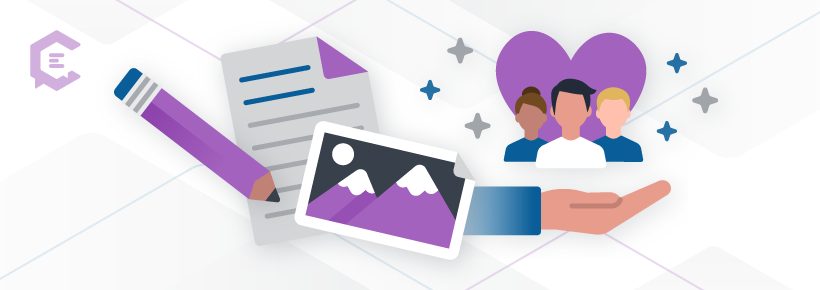
Content marketers create content for the buyer’s journey, but commonly overlook the stage after the sale closes…. customer loyalty content. Can you talk about the importance of customer loyalty as it relates to content creation?
It is amazing to me how in 2020 we still put so little emphasis on customer retention. While doing research for my book, ‘Hug Your Haters,’ I came across this interesting Adobe research: On average, B2B companies get 80% of their revenue from repeat customers. However, I would say anecdotally that the amount of content marketing directed towards repeat customers is a sh*t-ton less than 80%. It’s more like 1%.
Part of it is just how business is structured and how companies are rewarded. There aren’t a lot of super lucrative retention bonuses out there, but there are a whole bunch of bonuses for client acquisition.
From the very first day you own a lemonade stand, you have it drilled into your head incorrectly to focus a tremendous amount of time on getting new customers and way less time on keeping customers. Everybody says…
- We should spend more time on customer retention.
- We should create more content for existing customers.
- We should make sure that we’re not trying to fill a bucket with holes in the bottom.
Yet, nobody actually does anything about it. And this is one of the great mysteries of my career.
I can kind of understand the idea of “let’s just go get new customers” when times are good. But now you’ve got fundamental economic challenges from the pandemic and you can’t be so cavalier about replacing existing customers.
If you successfully create content at the bottom of the funnel, post-purchase, it’s not strictly a question of customer acquisition versus customer retention. If you create content for current customers, it actually creates revenue.
It doesn’t just maintain revenue because you’re like: Hey, I know you’re buying X and Y from us, but did you know that many of the people who have X and Y also buy Z? Let me tell you how awesome Z is and let me educate you about Z. Customer loyalty content doesn’t mean content that doesn’t produce new revenue. It absolutely can.
Customer expectations have shifted majorly since the pandemic. How should content marketers evolve to meet the needs of their customers?
Right now everybody is sort of living like they’ve been in a snow globe that has been shaken up. Consequently, people are making very different buying decisions than they made in the past. We’re seeing bigger and faster swings in market share in almost every category. In order for that to happen successfully for you, you really have to focus on customer experience and education.
Robert Stevens, the founder of Geek Squad, once said: “Advertising is the tax you pay for being unremarkable.” You can send me a bunch of ads that tell me how great you are, but I’m probably not going to believe it until I talk to somebody who’s already bought from you. And that person isn’t going to tell me a good story unless they’ve had a good experience.
For years I’ve been saying that customer experience is marketing. But I think now that’s more true than it’s ever been.
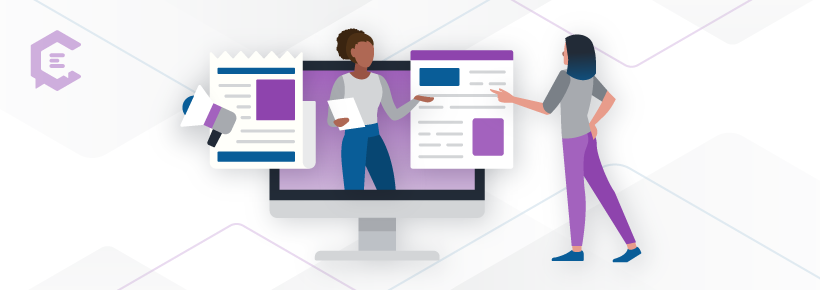
Rebuilding customer knowledge is key this year. What are some ways content marketers can use content to educate customers in a time where “nobody knows nothin’ about nothin’?”
Recently, I had to spend all kinds of time on the Sam’s Club website trying to figure out how to do a pick-up to buy a monitor. Here I am, trying to navigate through the COVID trap, not having a clear idea about what to do so I can give this business my money. People literally don’t know how to buy from you. That is so different and disruptive than things were six months ago. It’s the same situation in B2B, except the price of failure is even higher because purchases are more significant.
The number one thing you need to do with your content right now is to close the uncertainty gap. Customers and prospects are uncertain about how you operate. You have to solve that as quickly as possible and in as many places and as possible — certainly your website, but also in social and email, et cetera.
Also, close the uncertainty gap in as many modes as possible. Yes, you should probably have an FAQ page on your website. You should use videos, podcast… maybe a puppet show.
In the content game, some consumers prefer a particular format. Answer all these questions, in all these places, in all these ways to close the uncertainty gap. Get all of the squares covered on your bingo card.
Fewer than 1 percent of businesses have word-of-mouth strategies. What kind of content would you recommend to help drive these strategies forward?
What creates positive word of mouth? A positive experience. So it comes back to customer experience — and something that customers don’t expect.
Satisfaction doesn’t necessarily yield a proactive word of mouth and recommendations. Do something that customers don’t expect because that makes it worthy of telling somebody the story.
For instance, look at UberConference. They very clearly understand the power of word of mouth by doing something different. Their CEO, who is also a musician, wrote a very funny and catchy song about waiting on hold. They saw an opportunity to stand out while people were waiting for others to join the meeting.
B2B is hard, because it’s like everybody got together in a secret society and took a vow of sameness. Nobody wants to do anything interesting. UberConference does one little thing different, a funny hold song, and it’s revolutionary. What if we did something different on purpose and did it consistently?
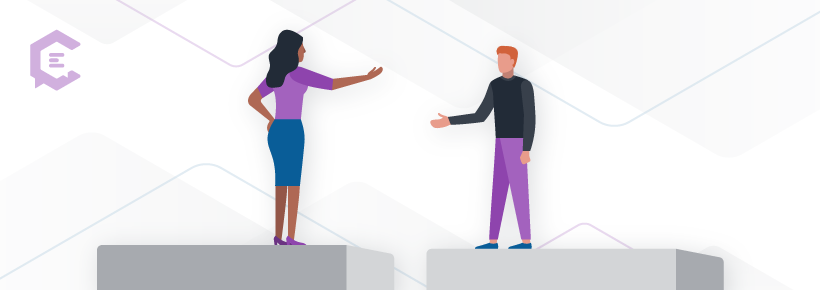
Will you talk about the “push instead of pull” mindset switch that needs to happen if marketers want to regain customer loyalty this year?
Closing the uncertainty gap and re-educating customers about how to buy from you is critical. The reality is that most companies are doing nothing.
Few companies have the ultimate FAQ on their website, where they have answered customer questions proactively. You should totally do that. But if that’s all you do, you are only communicating these processes to people who are pretty deep in the funnel. These customers are motivated enough to go spelunking through your website to discover your FAQ page.
That is a segment of your customer base, but it’s probably not the majority. In addition to answering questions “on domain” on your website, also engage in “off domain” question and answering. This is where you push questions out, instead of relying on the website to pull people in to get educated.
Answer top questions in the places where your customers are already spending time — email, text message, social media, or paid search ads. How can you effectively educate customers if they never come to your website? That’s the “push instead of pull” exercise.
You mentioned that influencer marketing is massively successful in B2B at the moment. For content marketers who don’t know where to start with influencer marketing, what baby steps would you recommend?
Understand that you already have a bunch of influencers… they’re called your customers and employees. “Influence” doesn’t necessarily mean “audience.” Influence means the ability to change mindset or behavior. That does not require you to be on a reality show, it requires one or more people to believe you.
For B2B, typically it’s not about getting somebody who has a large audience. It’s about getting many people who might have a small audience, but a lot of actual influence.
Look at your employee base, customer base, and partners to figure out who are your advocates. Among those people, who has an audience that is bigger than their own mom? This is what we call micro-influencer identification. Start there.
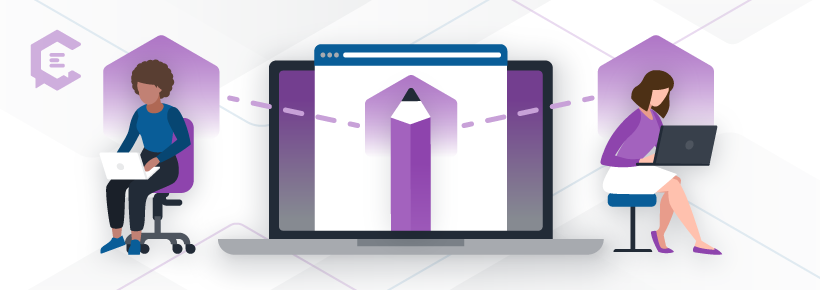
Marketing teams are even more constrained by time and budgets. How does teamlancing help support content creation?
We have exclusively been teamlancers at Convince & Convert since the day we started in July of 2008. We do not have any employees in the classic sense and literally never have. We’ve been virtual from the jump. And we are doing work for the world’s largest brands.
This idea that somehow a collection of smart people cannot do work as efficiently, as effectively, or as successfully as employees is an anachronism from another age. The same way that nobody’s gonna give a sh*t about commercial real estate, nobody’s gonna give a sh*t whether you’re a freelancer or an employee. It doesn’t matter anymore.
When I started Convince & Convert, I didn’t want to start a new company just to do the exact same thing, make the same mistakes, and have the same problems I had in previous companies. That’s pointless. I want people who are seeing things from as many perspectives as possible.
A teamlancing approach is not a “lesser than” situation. It’s a “better than” situation.
How we “handle our businesses over the next six months will impact the next six years.” So, where should teams focus their content marketing strategy in the near-term?
If you sell something, you make a customer today. If you help someone, you can create a customer for life. I would argue that’s really what we need to do right now. We’ve got to think longer-term.
Content that is educational, useful, and helpful is going to serve you very, very well. I know it’s hard to preach long-term thinking when everybody’s freaking out in the middle of a pandemic, but that is absolutely what is called for.
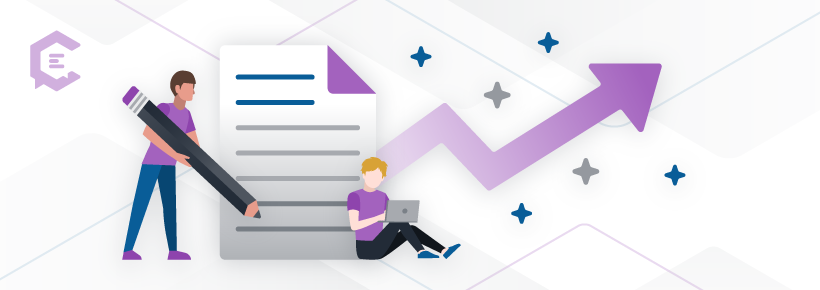
None of us have a crystal ball to see what’s to come. What advice would you give to content marketers who are feeling uncertain and uneasy about the future?
We’re going to hit all of 2019 ecommerce revenues by October 5th of this year. Purchases and purchase consideration are happening online at unprecedented levels. People are increasingly researching, discovering, and purchasing products and services online. None of those online purchases are going to happen without really, really good content.
We’re not going back to normal. This unprecedented online shift to self-serve and educate is not going to reverse itself. The volume of content and the usefulness of that content needs to go up dramatically.
Watch the entire webinar with Jay Baer, 6 Steps to Rewire Customer Loyalty and Boost Your Business, below.
Dive into related topics, like teamlancing:
- What Is Teamlancing? The Future of Content Marketing
- How to Introduce Teamlancing to Your Company
- How Teamlancing Is the Solution for the Big 6 Marketing Challenges



